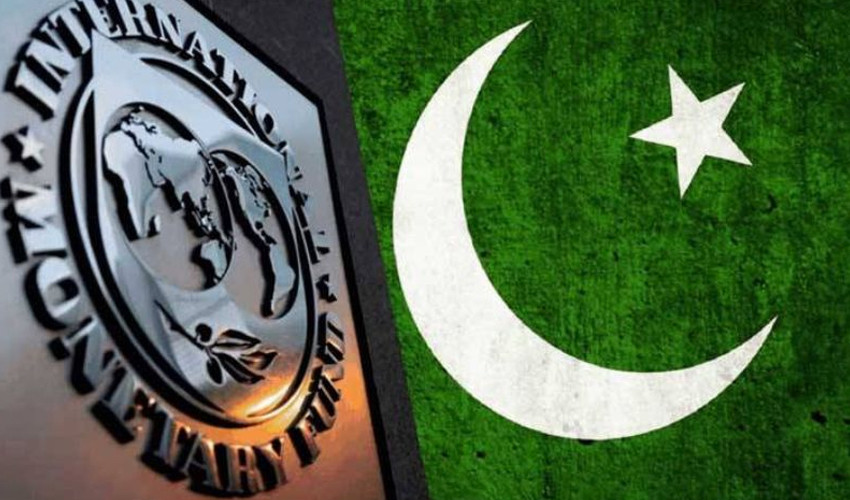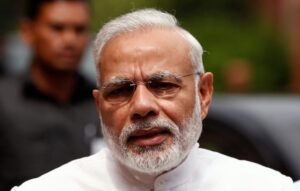ISLAMABAD:
Pakistan has met three out of the five major fiscal conditions set by the International Monetary Fund (IMF) for the first review of the $7 billion programme, thanks to improved performance by the federal and provincial governments, according to a finance ministry report.
However, the Federal Board of Revenue (FBR)’s performance remained a concern, failing to meet two major targets: increasing taxes beyond Rs6 trillion and collecting a minimum of Rs23.4 billion in taxes from traders under the Tajir Dost Scheme during the first half of this fiscal year.
The finance ministry on Friday released the fiscal operations summary for the July-December period of the current financial year. The IMF has set multiple fiscal conditions, whose successful completion will be crucial for the upcoming first review talks regarding the $1 billion second loan tranche.
The fiscal operations’ summary showed that Pakistan met the IMF targets for a primary budget surplus by the federal government, as well as net revenue collection and cash surplus targets by the four provinces.
Against a primary surplus target of Rs2.9 trillion, the federal government reported a surplus of Rs3.6 trillion, or 2.9% of gross domestic product (GDP). This higher surplus was primarily due to fully booking the annual central bank profit in the first quarter, with the entire estimated profit of Rs2.5 trillion already accounted for.
The four provinces collectively generated a cash surplus of Rs776 billion, exceeding the Rs750 billion target. Additionally, they collected Rs442 billion in revenues, surpassing the Rs376 billion target.
However, the FBR failed to collect even Rs2 million under the Tajir Dost Scheme, far short of the Rs23.4 billion target. Moreover, against a six-month revenue target of over Rs6 trillion, the FBR pooled Rs5.624 trillion, falling short of the goal by Rs384 billion.
Finance Minister Muhammad Aurangzeb stated last week that the IMF team is expected to arrive in early March for the first review talks. A successful review will pave the way for the release of the $1 billion loan tranche.
Sources indicate that the FBR will attempt to persuade the IMF to lower the annual tax collection target, arguing that it is unattainable under current economic conditions. Last month, Prime Minister Shehbaz Sharif ruled out introducing a mini-budget to cover the tax shortfall.
Provincial governments enjoy significant fiscal flexibility due to increased revenues under the National Finance Commission (NFC) award. During the July-December period, the four provincial governments spent approximately Rs3.4 trillion, with development spending reaching Rs639 billion. Their total revenues stood at Rs4.1 trillion, of which Rs3.3 trillion came from their shares in the federal taxes.
A breakdown of provincial performance shows that Punjab, with total revenue of Rs1.9 trillion, spent Rs1.53 trillion, generating a surplus of Rs333 billion. However, the province recorded a statistical discrepancy of Rs199 billion, mainly due to below-the-line expenditures.
Sindh booked a cash surplus of Rs264 billion after spending Rs968 billionwell below its total revenues. The province also reported a Rs22 billion statistical discrepancy.
Khyber-Pakhtunkhwa (K-P) recorded a budget surplus of Rs86 billion, with Rs678 billion in income and Rs591 billion in expenditures. K-P also had a statistical discrepancy of Rs34 billion.
However, K-P’s Finance Advisor, Muzzammil Aslam, stated that, according to his calculations, the Pakistan Tehreek-e-Insaf (PTI) government had a cash surplus of Rs169 billion. He alleged that the federal government reduced K-P’s surplus to Rs86 billion by manipulating statistical discrepancies.
Aslam further claimed that the federal government stopped funding for the merged districts of K-P and allocated less money for current expenditures. He also asserted that K-P contributed an additional Rs40 billion to the pension and gratuity fund, which the federal government wrongly adjusted as expenditures. Balochistan generated a surplus of Rs91 billion.
Pakistan has agreed to approximately 40 conditions under the $7 billion IMF deal. As part of the programme, the four provincial governments must generate a total cash surplus of Rs1.217 trillion in the current fiscal year. They have already surpassed their independent revenue target of Rs376 billion, collecting Rs442.4 billion.
The country recorded a budget surplus of Rs3.6 trillion, or 2.9% of GDP, in the first half of the fiscal year, largely due to a one-time State Bank of Pakistan (SBP) profit of Rs2.5 trillion. The collection of the petroleum levy stood at Rs550 billion.
On the expenditure side, the federal government spent a total of Rs8.2 trillion during the first half, with current expenditures reaching Rs7.7 trillion. This represented a Rs1.5 trillion (22%) increase in total expenditures compared to the same period last year, primarily due to rising interest payments.
The federal government paid Rs5.1 trillion in interest costs, an increase of Rs1.1 trillion from the previous year. Defence spending amounted to Rs890 billion, while Rs339 billion was allocated to civil government operations, and pension payments rose to Rs450 billion in the first half of the fiscal year.
Additionally, Rs237 billion worth of statistical discrepancies were recorded in federal accounts. The finance ministry attributed this to a decrease in deposits of federal government entities with scheduled banks.
After distributing the provincial share, the federal government’s net income stood at Rs5.9 trillion for the first half, which was Rs143 billion less than the combined spending on interest and defence.
- Desk Reporthttps://foresightmags.com/author/admin/











